Higher classification Citrus | Genus Citrus Conservation status Critically Endangered Rank Species | |
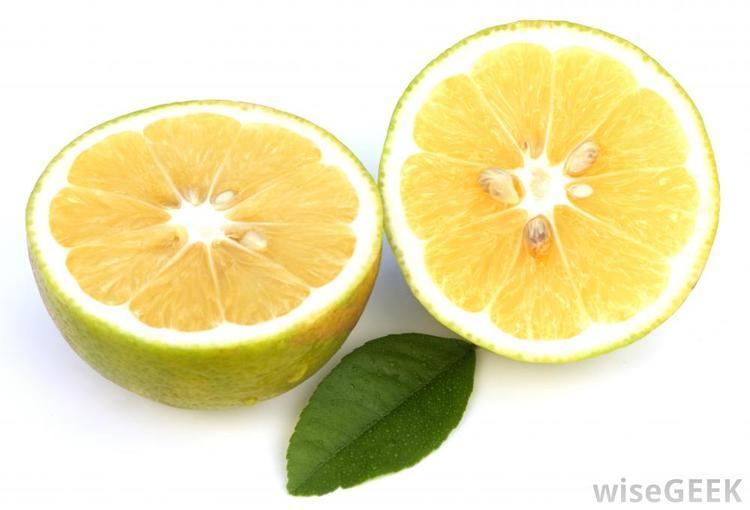 | ||
Similar | ||
Citrus bergamia, the bergamot orange (pronounced /ˈbɜːrɡəˌmɒt/), is a fragrant fruit the size of an orange, with a yellow color similar to a lemon.
Contents
- Citrus bergamia the bergamot orange
- Etymology
- Description
- Chemistry
- Taxonomy
- Production
- Food and drink
- Fragrance
- Toxicology
- Skin care
- Medicinal properties
- References
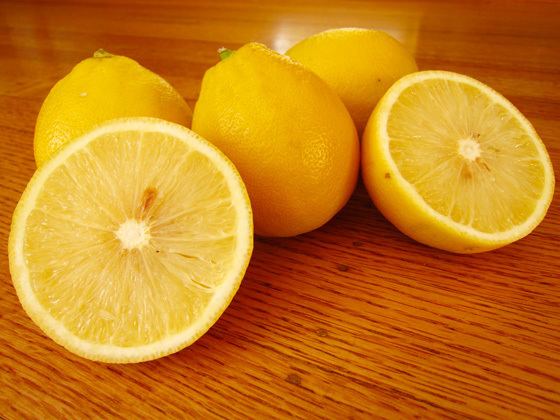
Genetic research into the ancestral origins of extant citrus cultivars found bergamot orange to be a probable hybrid of Citrus limetta and Citrus aurantium. Extracts have been used to scent food, perfumes, and cosmetics. Use on the skin can increase photosensitivity, resulting in greater damage from sun exposure; excessive consumption can be toxic.
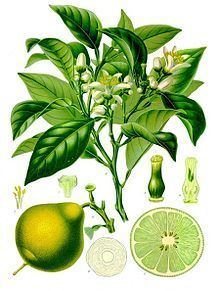
Citrus bergamia the bergamot orange
Etymology
The word bergamot is etymologically derived from the Italian word "bergamotto".
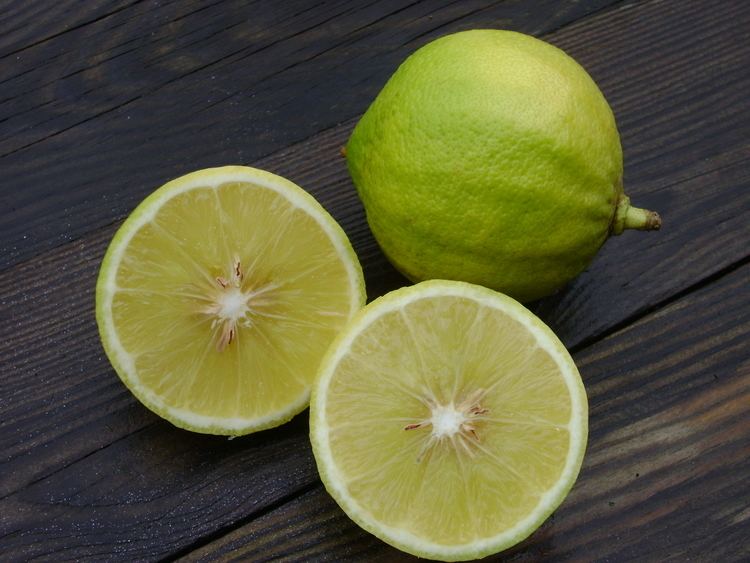
It is related to French bergamote, from Italian bergamotto, of Turkish origin: beg-armudi or beg armut ("prince's pear" or "prince of pears").
Description

Citrus bergamia is a small tree that blossoms during the winter. The juice tastes less sour than lemon, but more bitter than grapefruit.
Chemistry
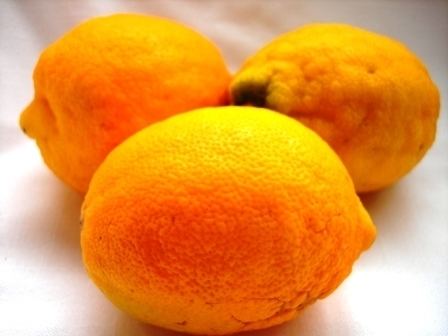
The active ingredients in bergamot juice are neoeriocitrin, naringin, neohesperidin, ponceritin, melitidin, and brutieridin. Melitidin and brutieridin, only recently discovered, exist only in citrus bergamot, and exhibit statin-like properties. Synephrine is not present in citrus bergamot.
Taxonomy
The bergamot orange is unrelated to the herbs known as bergamot or wild bergamot, Monarda didyma and Monarda fistulosa, which are in the mint family, and are named for their similar aroma.
Citrus bergamia has also been classified as Citrus aurantium subsp. bergamia (i.e. a subspecies of bitter orange).
Citrus bergamia is sometimes confused with (but is not the same as)
Production
Production mostly is limited to the Ionian Sea coastal areas of the province of Reggio di Calabria in Italy, to such an extent that it is a symbol of the entire city. Most of the bergamot comes from a short stretch of land there where the temperature is favourable. It is also cultivated in Côte d'Ivoire.
Citrus bergamot is commercially grown in southern Calabria (province of Reggio), southern Italy. It is also grown in southern France and in Côte d'Ivoire for the essential oil and in Antalya in southern Turkey for its marmalade. The fruit is not generally grown for juice consumption. However, in Mauritius where it is grown on small-scale basis, it is largely used for juice consumption by the locals.
One hundred bergamot oranges yield about three ounces (85 g) of bergamot oil.
Adulteration with cheaper products such as oil of rosewood and bergamot mint has been a problem for consumers. To protect the reputation of their produce, the Italian government introduced tight controls, including testing and certificates of purity. The Stazione Sperimentale per le Industrie delle Essenze e dei Derivati dagli Agrumi (Experimental Station for Essential Oil and Citrus By-Products) located in Reggio di Calabria, was the quality control body for the essential oil Bergamotto di Reggio Calabria DOP. During World War II, Italy was unable to export to countries such as the Allied powers. Rival products from Brazil and Mexico came on to the market as a substitute, but these were produced from other citrus fruits such as sweet lime.
Food and drink
The fruit of the bergamot orange is edible.(see Bergamot Marmalade)
An essence extracted from the aromatic skin of this sour fruit is used to flavour Earl Grey and Lady Grey teas, and confectionery (including Turkish delight ). It is often used to make marmalade, particularly in Italy. In Sweden and Norway, bergamot is a very common flavourant in snus, a smokeless tobacco product. Likewise in dry nasal snuff, it is also a common aroma in traditional blends. Carpentierbe, a company based in San Giorgio Morgeto, near Reggio Calabria, makes a digestiv liqueur derived from bergamot marketed under the name Liquore al Bergamotto.
Fragrance
Bergamot peel is used in perfumery for its ability to combine with an array of scents to form a bouquet of aromas which complement each other. About one-third of all men's and about half of women’s perfumes contain bergamot essential oil. Bergamot is a major component of the original Eau de Cologne composed by Farina at the beginning of 18th century in Germany. The first record of bergamot oil as fragrance ingredient is 1714, to be found in the Farina Archive in Cologne.
Bergamot essential oil is popular in aromatherapy.
Toxicology
In several patch test studies, application of some sources of bergamot oil directly to the skin of guinea pigs was shown to have a concentration-dependent phototoxic effect of increasing redness after exposure to ultraviolet light (due to the chemical bergapten, and possibly also citropten, bergamottin, geranial, and neral). This is a property shared by many other citrus fruits. Bergapten has also been implicated as a potassium channel blocker; in one case study, a patient who consumed four liters of Earl Grey tea per day (which contains bergamot essential oil as a flavouring) suffered muscle cramps.
Bergamot contains extremely large amounts of polyphenols, as compared to other citrus species. Two of these, brutieridin and melitidin, directly inhibit cholesterol biosynthesis in a similar way to statins and they are not found in any other citrus derivatives.
Bergamot is also a source of bergamottin which, along with the chemically related compound 6',7'-dihydroxybergamottin, is believed to be responsible for grapefruit–drug interactions in which the consumption of the juice affects the metabolism of a variety of pharmaceutical drugs.
Skin care
Bergamot is used in many skin care creams.
In the past, psoralen extracted from bergamot oil has been used in tanning accelerators and sunscreens. These substances were known to be photocarcinogenic since 1959, but they were only banned from sunscreens in 1995. These photocarcinogenic substances were banned years after they had caused many cases of malignant melanoma and deaths.
Psoralen is now used only in the treatment of certain skin disorders, as part of PUVA therapy.
Medicinal properties
The juice of the fruit has been used in Calabrian indigenous medicine to treat malaria.
Evidence is insufficient to indicate bergamot oil is of medical benefit for a variety of claimed uses. Use on the skin can be unsafe, particularly for children and pregnant women. Potential side effects of drinking large amounts of bergamot oil can include convulsions and death in children.
